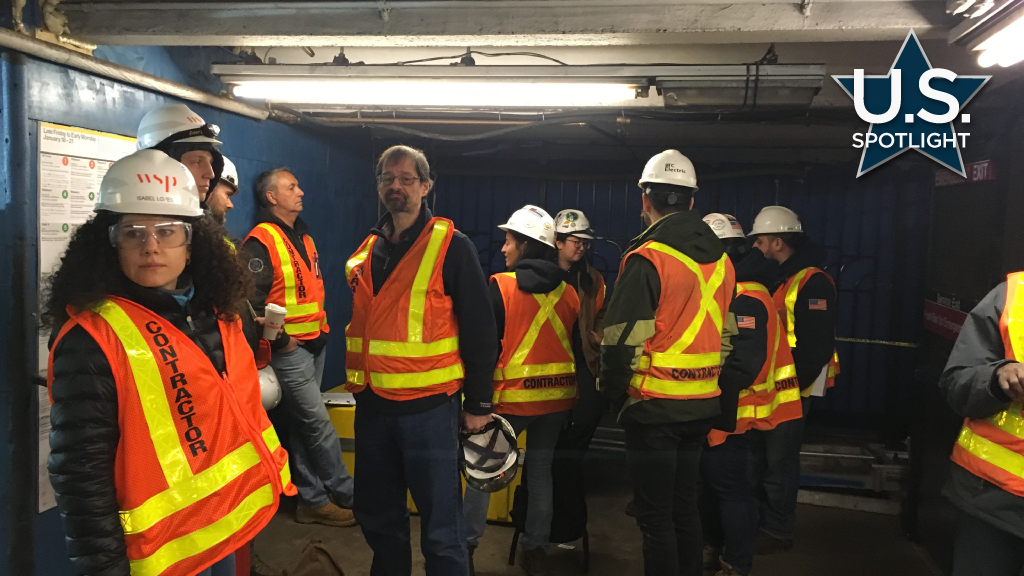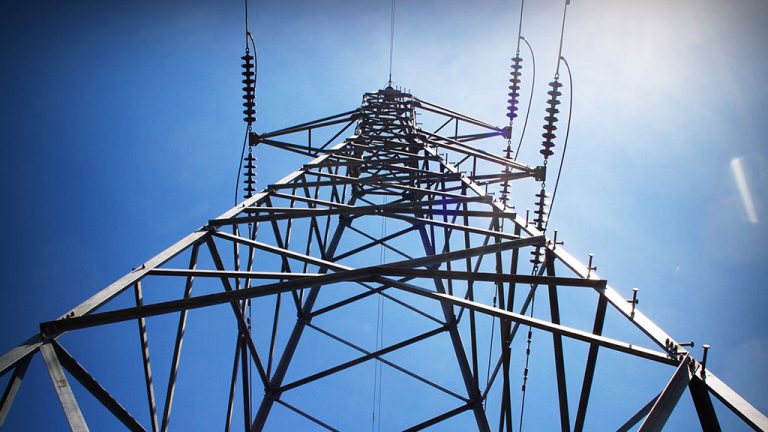Superstorm Sandy was a wakeup call for New Yorkers to the flood risks their city faces from climate change and it was a catalyst for municipal agencies, engineers and builders to focus on resilience in new and existing infrastructure.
Isabel Lopes is among the corps of engineers rethinking infrastructure on floodplains. A structural engineer at WSP’s New York City long-span bridge division, she’s increasingly involved in engineering what runs under the city, rather than above it.
Lopes has worked on several New York City Transit subway tunnels and one roadway tunnel in Lower Manhattan that could be undermined by another storm like Sandy.
She was one of the leaders on a WSP design team for structural repairs to the flood-damaged Canarsie Tunnel that runs under the East River between Manhattan and Brooklyn. The tunnel, which carries 245,000 commuters daily on the city’s L Train, was flooded during Sandy.
WSP worked with the contractor and the New York City Transit Authority to revamp the original plan calling for an 18-month tunnel closure.
It took only two months for the team to arrive at an alternative design that minimized tunnel shutdowns to weeknights and weekends. A construction schedule cut six months off the original 18-month repair timeline.
“It was a cost savings for New York City Transit, and it saved a lot of hassle for a lot of commuters,” says Lopes.
Key to meeting the tight deadline was that instead of “fully replacing concrete bench walls” in the tunnel which housed electrical and communications conduits, the redesign placed the conduits above the bench walls.
To achieve that the revised design incorporated custom manufactured fibre reinforced polymer panels secured to the concrete chalk liner and the toe bench with stainless steel anchor bolts.
The panels now support the bench walls, “preventing them from potentially, locally collapsing on to the tracks. That was our main concern.”
Throughout the project, Lopes often commuted the three kilometres between the Manhattan and Brooklyn site offices by walking through the tunnel.
She says structural analysis included tests using mockups in the tunnel to check deflection because while the panels were similar in strength to steel, the material is more flexible.
The glass-fibre panels are infused with a phenolic resin (bakelite).
“It is very practical for tunnel operations because it is not flammable and won’t produce any smoke.”
Since Superstorm Sandy, several tunnels in flood zones have added portal flood gates, including swing flood gates at the Brooklyn-Battery Tunnel between Carroll Gardens in Brooklyn and the Battery in Lower Manhattan.
A passive tilt-up flood gate was installed recently near the Brooklyn Bridge in Manhattan. The portal gate closes as floodwater enters a pan fit into the roadway, she says.
While both gate options have their merits, Lopes says factors determining design choice include if the foundation can support the weight of a gate and if there is enough utilities-free space to build a pan under a road.
A structural engineer for about 15 years, Lopes has not experienced gender inequity issues in the workplace.
“I have always felt I’ve been treated as an equal.”
As an undergrad at McGill University and in graduate studies at the Massachusetts Institute of Technology (MIT) more than 15 years ago about 60 per cent of the structural engineering students were women.
“I came up with a new wave of female structural engineers,” she says, adding her relationship with her male colleagues has been one of mutual respect.
Today Lopes is taking on more leadership roles at WSP.
“I hope to be someone who people come to for advice. I want to be an example for younger engineers and to continue to work with my peers and continue to learn.”












Recent Comments
comments for this post are closed